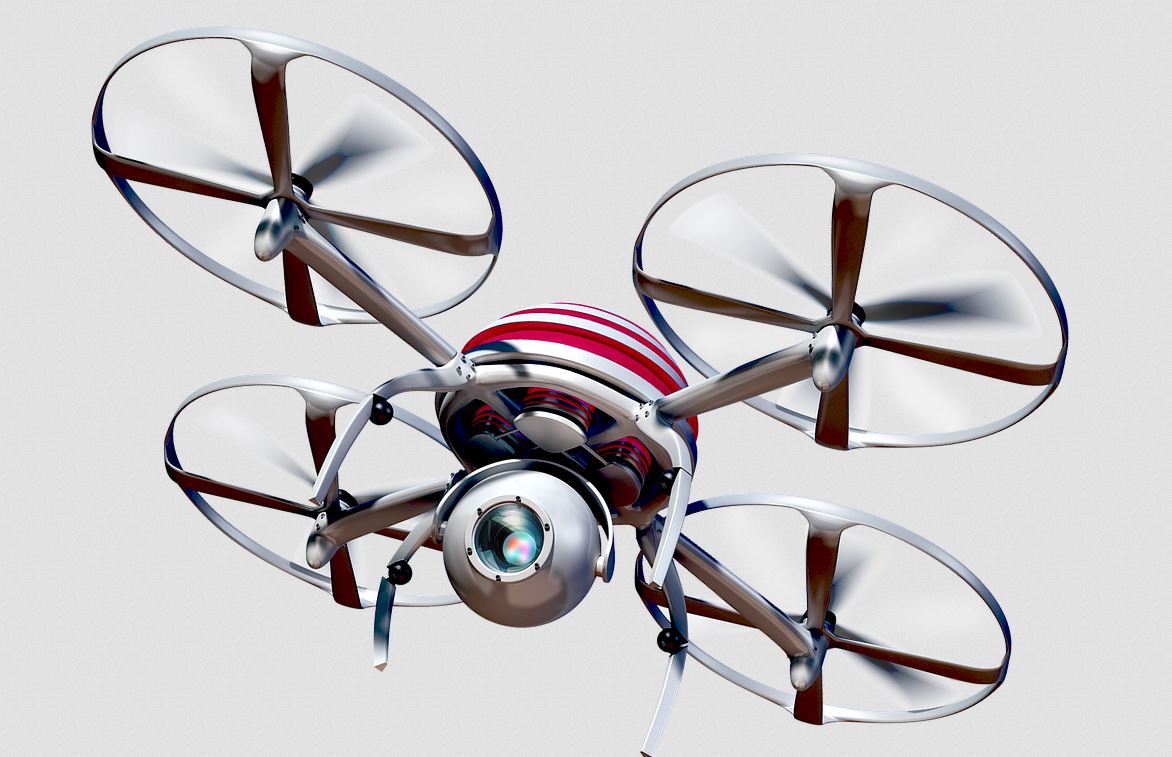
The decision by the Swedish Supreme court to ban cameras on drones has caused fury in the Drone community and beyond.
One group Yuneexpilots – Said it is a sad day to be Swedish, and another saying the courts will destroy the Swedish Drone industry.
In the UK the skies are regulated by the Civil Aviation Authority. It has clear rules on the don’ts for drone flying.
It says: “Popularly known as drones, but also referred to as remotely piloted aircraft systems (RPAS) or unmanned aerial vehicles (UAV) they come in a variety of shapes and sizes, ranging from small handheld types up to large aircraft, potentially a similar size to airliners.”
Just like any other aircraft, an unmanned aircraft must always be flown in a safe manner, both with respect to other aircraft in the air and also to people and properties on the ground.The CAA’s primary aim is to enable the full and safe integration of all UAS operations into the UK’s total aviation system.”
Small unmanned aircraft are now widely available for commercial and recreational use. More popularly known as drones, they can cause injury or damage if they are not used responsibly and so are subject to safety rules, which are underpinned by UK law.
There are some obvious things that you can’t do with a drone. In August authorities stopped a drone from delivering drugs over the wall to London’s Pentonville Prison. And flying close to an airport or military base is illegal and not advisable.
Next: The regs
These regulations are shown below and there are some specific additional steps that must be taken if a drone is being flown for ‘aerial work’.
- Anyone using a small drone needs to be aware of the regulations contained in the Air Navigation Order, specifically:
- An unmanned aircraft fitted with a camera must always be flown at least 50m (164ft) distance away from a person, vehicle, building or structure
- An unmanned aircraft fitted with a camera must not be flown within 150m (492ft) of a congested area or large group of people, such as a sporting event or concert
- Endangerment – A person must not recklessly or negligently cause or permit an aircraft to endanger any person or property
- A person must not cause or permit any article or animal (whether or not attached to a parachute) to be dropped from a small unmanned aircraft so as to endanger persons or property.
- The person in charge of a small unmanned aircraft which has a mass of more
than 7kg must not fly it at a height of more than 400 feet above the surface - The person in charge of a small unmanned surveillance aircraft must not fly it over or within 150 metres of any congested area
- Over or within 150 metres of an organised open-air assembly of more than
1,000 persons - Within 50 metres of any vessel, vehicle or structure which is not under the
control of the person in charge of the aircraft; - During take-off or landing, a small unmanned surveillance aircraft must not be flown within 30 metres of any person.

Anyone who wants to fly a drone for commercial work (generally referred to as aerial work) needs a Permission from the CAA. You will need to be at least 18 years of age.
Next: How to get permission
To get this Permission, you will need to:
- demonstrate a sufficient understanding of aviation theory (airmanship, airspace, aviation law and good flying practice)
- pass a practical flight assessment (flight test)
- develop basic procedures for conducting the type of flights you want to do and set these out in an Operations Manual
There are a number of recognised assessment organisations that can help you meet these requirements. The NQE will generally help you develop an operations manual and will offer advice on completing any additional paperwork.
In the UK there is there are many CAA approved centres for training for commercial drone pilots.
For Drone operators from overseas coming into the UK there is standard permission for 7kg craft and a more rigourous certification required for anything over 20kg.
In the US there is a Drone Pilots Association




